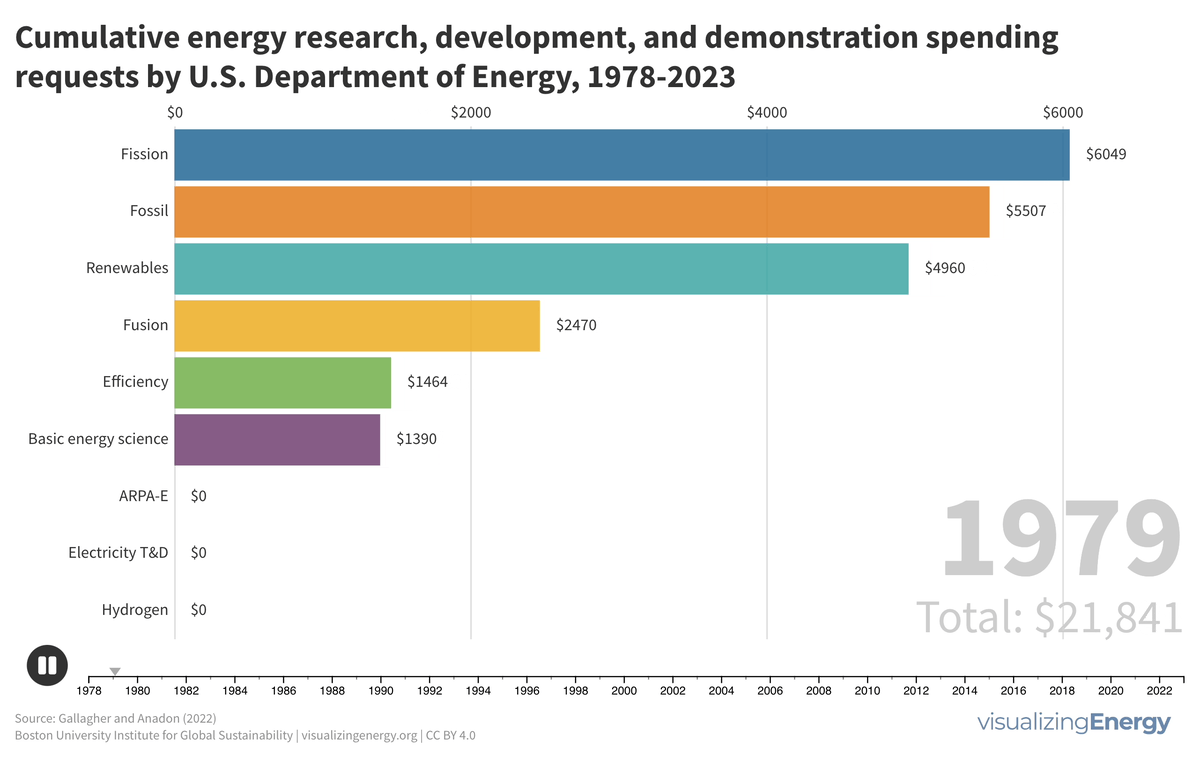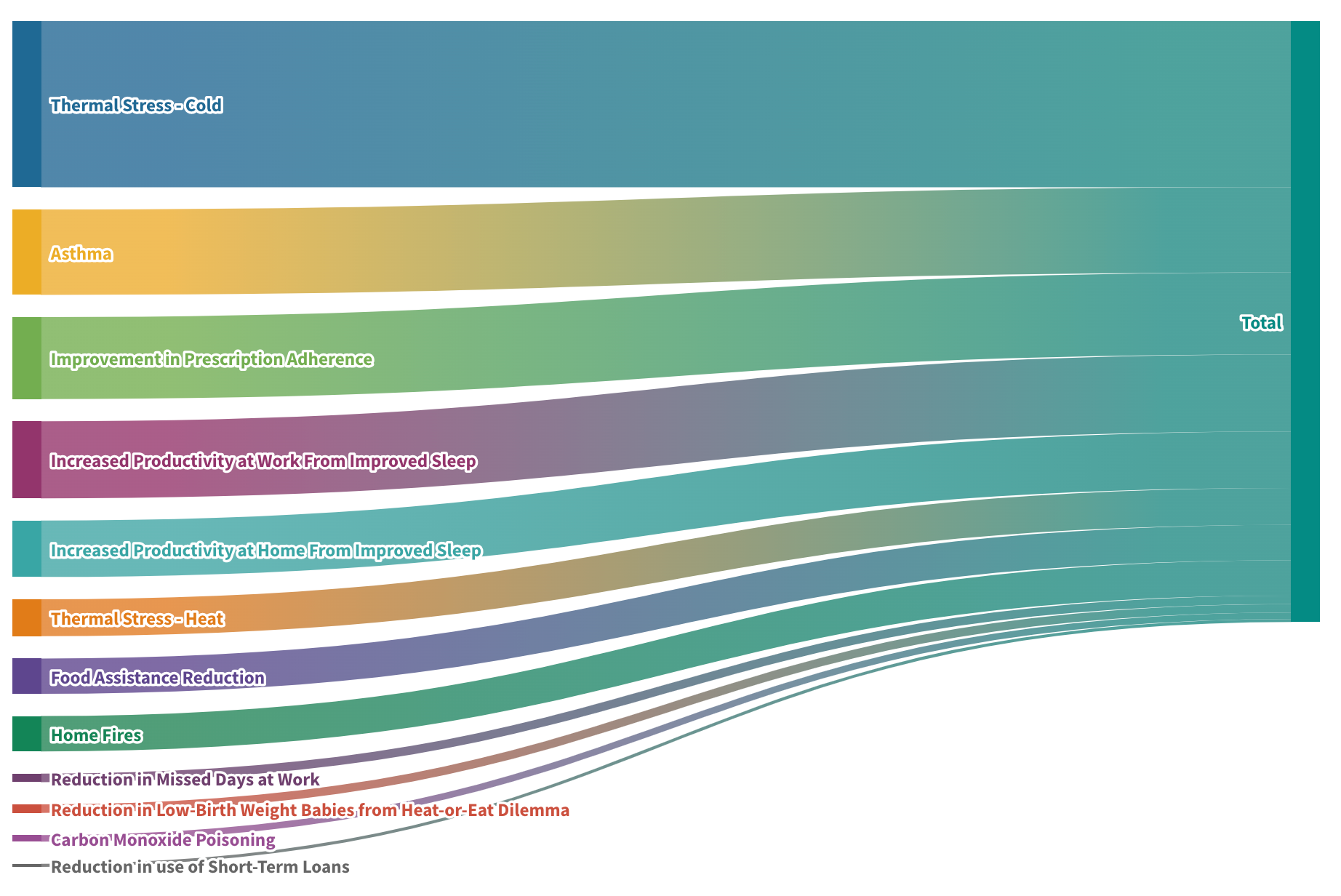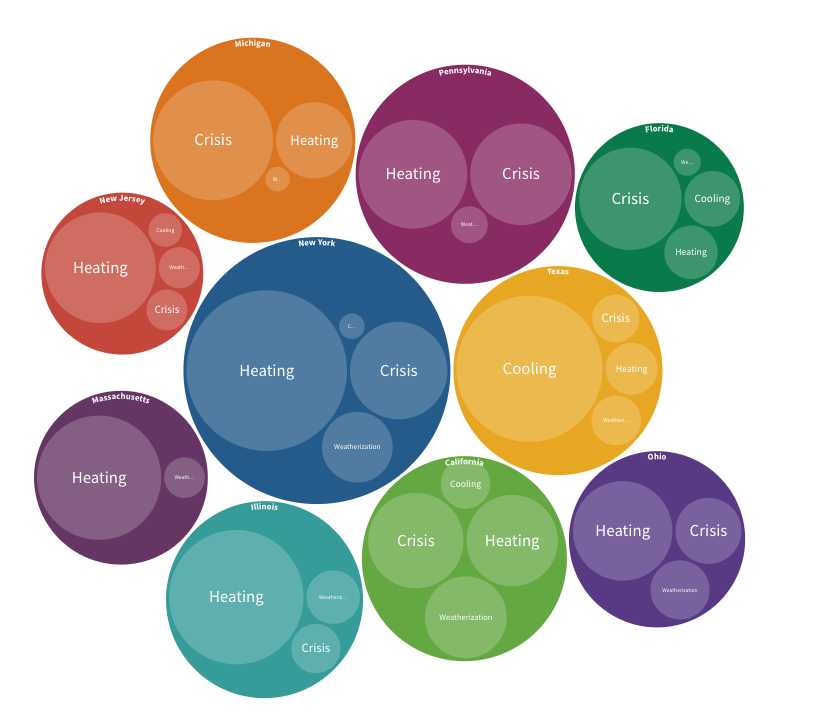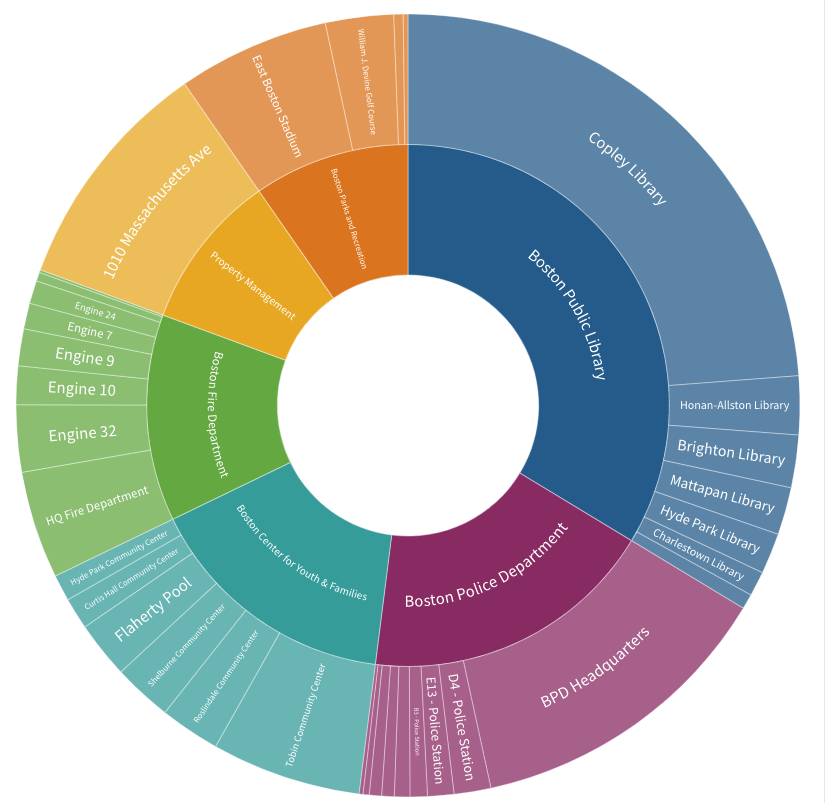
Is U.S. Department of Energy spending aligned with the nation’s needs?
The United States government has a long history of supporting energy-related research and development (RD&D). However, federal support for civilian energy RD&D has declined significantly since the creation of the Department of Energy (DOE). Recent spending decisions prioritize fossil fuels over clean energy, hindering efforts to address the carbon problem and decarbonize our society.







